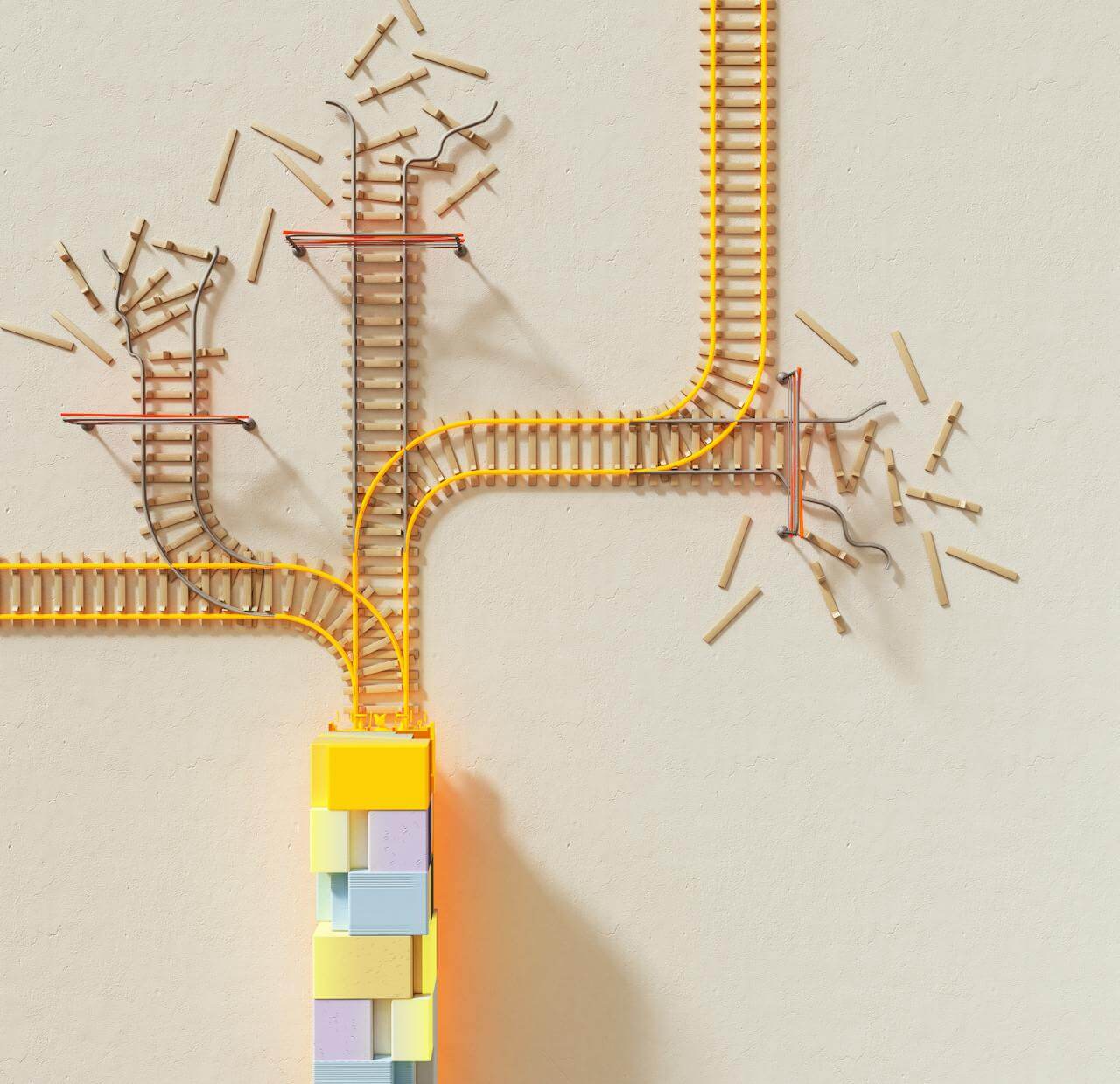Many adults—especially those committed to kind and responsive parenting—use questions to soften interaction, believing that phrases like “Do you want to help me fold?” or “Are you ready to come inside?” show respect, offer choice, and reduce pressure.
But for children with a PDA profile, questions often register as commands in disguise. They prompt a decision, a shift, a social performance. They call attention to the child, stir up internal conflict, and hijack their fragile autonomy. Even well-intentioned questions can create unbearable tension if they arrive at the wrong moment, when the child’s body is already working overtime to suppress, adapt, or survive.
The truth: dceclarative language communicates safety without pressure
For many PDA children, even the smallest request can feel like a sudden yank on a rope they’re barely gripping. The body tightens, the mind retreats, and the social world begins to feel like a maze of invisible traps. In those moments, questions—especially repeated ones—can escalate dysregulation rather than soothe it, because they signal that someone wants something. What helps instead is a shift in stance. Declarative communication—offering information without demand—allows a child to orient without reacting. “I’m going to the kitchen to make tea.” “I saw your shoes by the door.” “I’m right here.” These statements create emotional space. They honour the child’s pace. They remove the hook.
Over time, this shift in language begins to shift the relationship. The child no longer hears everything as pressure. They begin to experience adult presence as supportive, not coercive. And they learn, at their own speed, to rejoin the world in ways that feel voluntary rather than compulsory.
Neuroscientist Bruce Perry’s Neurosequential Model teaches us that emotional safety precedes cognition. Social understanding, flexibility, and conversation flow best when the nervous system is calm, the body feels safe, and threat detection has been dialled down. Polyvagal Theory echoes this truth: when we speak gently, move slowly, and offer rhythm instead of reasoning, we signal safety through the vagus nerve itself. Our voice becomes a cue. Our body becomes a lighthouse. Our absence of pressure becomes a profound invitation.
-
Fight flight fawn freeze: surviving school
There are children who throw chairs when cornered, children who slip quietly out the door or hide behind the portable, children who don’t speak for hours, who go limp, who answer every question with “I don’t know,” and children who nod and smile…
The practice: say less, state more, and let connection emerge
Rather than asking questions that presume readiness, try sharing a quiet thought or offering a no-pressure gesture. Sit nearby, comment softly on something you notice, or gently place a snack where it can be reached later. Let routine replace speech. Let rhythm carry the moment. Let silence do some of the work.
Connection can bloom from stillness. A shared glance. A murmured “That cloud looks like a turtle.” An offered blanket. These are the seeds of trust for a child who experiences most social interaction as a challenge to their autonomy.
When the child engages, meet them there. Match their pacing, their cadence, their curiosity. If they speak in bursts, answer in bursts. If they monologue, listen like it’s sacred. If they withdraw again, stay nearby without beckoning. The goal is not fluency or performance—it is co-regulation, the slow dance of feeling safe enough to choose closeness.
Why it works
When we stop trying to extract responses and begin to offer presence, we shift from pressure to partnership. The child’s nervous system can rest. They learn that interaction is optional, that engagement is safe, and that their “yes” is valued precisely because it is never coerced. Communication becomes mutual, fluid, and grounded in trust—not expectation.
If you’re the parent
Experiment with replacing questions with gentle statements. Try, “I’m heading out to the porch,” instead of “Want to come?” Let routines and rituals do the heavy lifting. Touch base with soft eyes, slow hands, few words. Track the moments that build trust—and the ones that unravel it. Speak like safety. Move like calm. Breathe like nothing urgent is happening.
Always attend to the body first—because food, water, movement, and temperature regulation form the foundation upon which every other skill, strategy, and social exchange must rest; without them, no script will soothe, no plan will land, and no gesture will reach its mark.
Most dysregulation softens, even slightly, with a handful of blueberries, a cold drink through a straw, or an ice pack pressed gently to the back of the neck; these offerings, though simple, speak directly to the nervous system in a language it understands.
And take that advice seriously for yourself too—because a dysregulated adult cannot offer the sanctuary a child needs; when your system is flooded, their system feels it, no matter how well you mask. So go for a run if that helps; scream into a pillow, lay on the floor and breathe like you mean it, press your legs up the wall until the shaking stops, or just lie still with your hand on your chest and remember that you are allowed to pause. When you restore your own regulation, you do more than model coping—you make yourself available for attunement, the real-time sensing and responding that helps your child feel felt, seen, and safe again.
-
On masking and self regulation
One of the most surprising and disorienting lessons I’ve learned—through parenting neurodivergent twins, through surviving the school system alongside them, and through slowly unmasking myself—was this: You can’t fake regulation You cannot breathe slowly enough, sit still enough, or smile warmly enough to…
If you’re the teacher
In moments of overwhelm, skip the questions. Skip the persuasion. State what’s true: “The door is open.” “You can take a break.” “I’m still here.” Speak as if their nervous system is listening more than their ears. And when they don’t respond, trust that your presence still lands.
Final reflection
Central to many autistic ways of being is local processing—the movement from the glint of a detail toward the slow unfolding of meaning, rather than from conclusion toward example. This way of perceiving often lives alongside a a devotion to special interests, and a wish to share them for the simple pleasure of connection. When you speak to a PDA child, imagine the voice you use when you describe something you love, or when fascination pulls words from you without effort, or when you quietly think about making yourself a cup of cocoa. That tone—grounded, observational, free of demand—creates space for safety. It becomes an invitation, without the expectation of reciprocation which will create a sense of safety and autonomy for your child.












